The end of an era
The last model was produced on July 10, 2019. In its 81 years, the Volkswagen Beetle has been everywhere and done it all. It began its lifetime as a people’s car in Germany, then became America’s darling before heading south to put a chunk of Latin America on wheels and is now one of the most sought-after classic cars. It has conquered land, water and air; won races, shuttled scientists in Antarctica and carried millions of passengers in Mexico City.
Join us as we explore the Beetle’s multi-faceted history.
Porsche’s vision
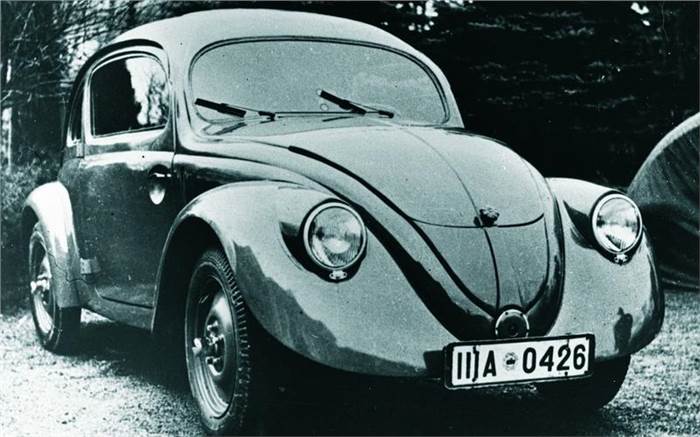
Engineer Ferdinand Porsche is associated with some of the greatest designs in automotive history. However, from an early age he envisioned a simple, basic car that even factory workers could afford. This was a tad less than revolutionary in an era when cars were an expensive luxury – and many intended to keep them that way.
Adolf Hitler shared Porsche’s vision of a small car and gave him the means to design one. The early design brief called for a 650kg four-seater capable of maintaining 100kph with a 1.0-litre engine making approximately 26hp. It needed to be air-cooled to survice Germany’s colder regions. Note: early prototype pictured.
The type 60 (1938)
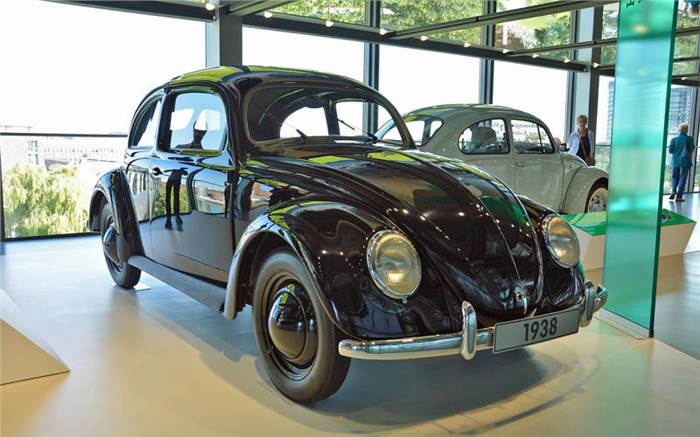
German officials considered outsourcing the Volkswagen's production to an established automaker; but then ultimately decided to build it themselves in a state-owned factory. Testing began in 1936 and Porsche built the first pre-production prototypes in 1938. Internally dubbed type 60, it was very close to the regular-production Beetle in nearly every aspect.
The Beetle and World War II
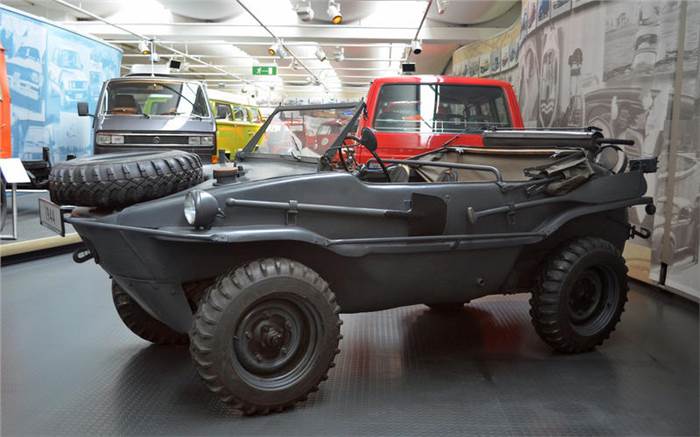
Volkswagen workers built 210 examples of the Beetle by hand before the second World War broke. During the war, Porsche’s design office raised the Beetle's ground clearance, added four-wheel drive and fitted-in a more powerful engine; thus readying it for military use. Its basic chassis also spawned the Kubelwagen and the amphibious Schwimmwagen, both of which were sent to fight in Europe and Africa as Germany’s homebrewed answer to the Jeep.
Nearly replacing the 2CV (1940)
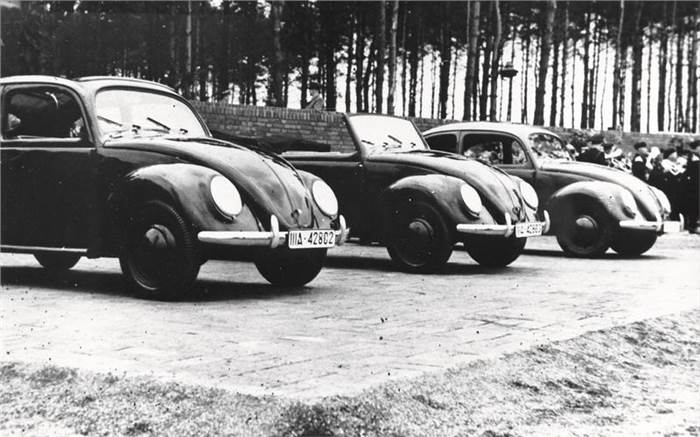
In July 1940, the German forces occupying France examined early Citroën 2CV prototypes sitting on the idle assembly line. They asked Citroën to hand over three cars – which officials promised would only be shown to Hitler, not the company's rivals – and offered to send a version of Germany's new people's car. Documents in Citroën's archives department don't mention the Beetle by name but they note Germany volunteered to send the car's creator, Ferdinand Porsche, to France to answer questions about it.
Citroën had no interest in building the Beetle. The Germans returned with the same offer six times; the French firm stood its ground. They brought a Beetle on their final visit. Citroën ordered its workers to immediately cover it with a tarp and ordered everyone present to ignore it. The firm never built a single Beetle. It notes the army's visits partially explained why it completely (and secretly) redesigned the 2CV during the war.
Post-war
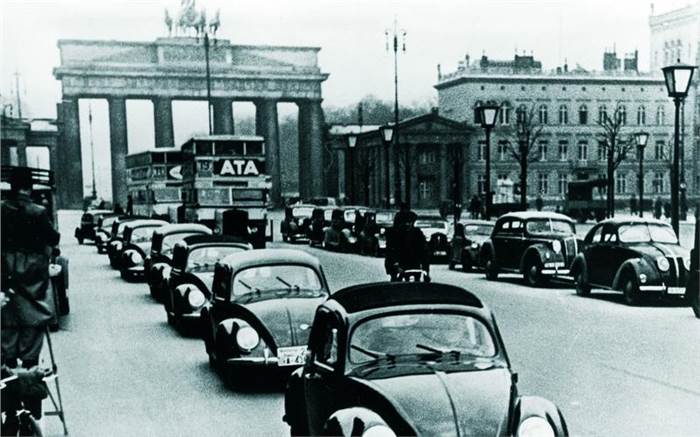
The Allied Forces bombed the Wolfsburg factory repeatedly. When peace returned, the facility could only produce cars on sunny days since air raids destroyed most of its roof. Nonetheless, workers managed to make a handful of Beetles by hand whilst stepping over debris and dodging falling bricks. In post-war years, the factory was the only source of work in the area.
The plant ultimately fell into what became designated the British zone of Germany. The British military opened a repair shop in it to keep employees busy while exploring every available option to find a solution to the Wolfsburg problem.
World’s most undesirable car
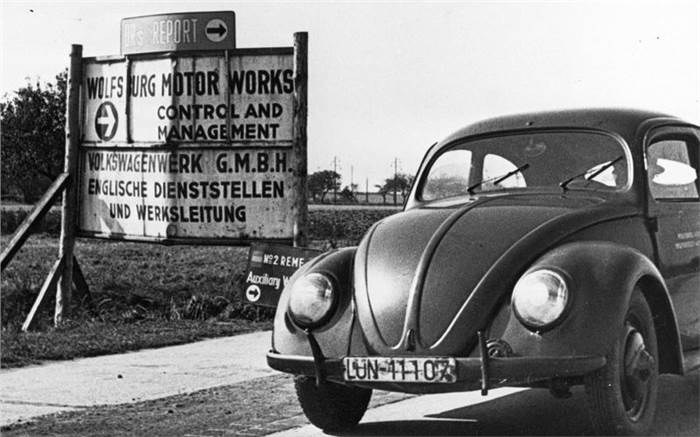
In March 1948, a delegation including Henry Ford II travelled to Cologne, Germany, to negotiate the terms of a potential takeover. England was ready to give the Volkswagen factory to Ford for free in a last-ditch bid to get rid of it. Ernest Breech, the firm’s chairman of the board, urged Ford to turn down the offer.
He famously said ‘Mr. Ford, I don’t think what we are being offered here is worth a damn!'
The road to recovery
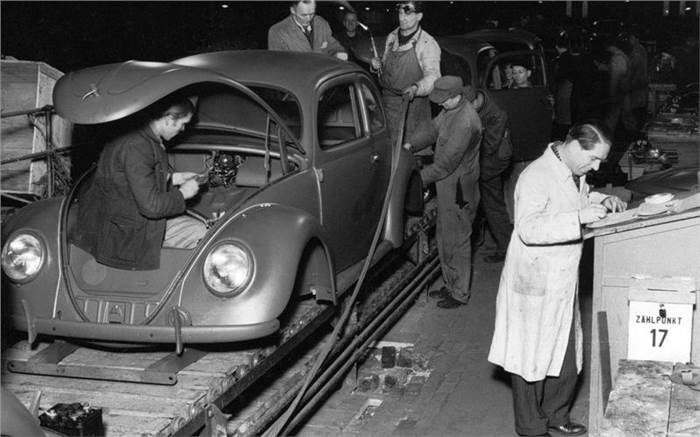
With the Americans out of the picture, the British later gave control of the Wolfsburg factory to the German state and placed a former General Motors executive Heinz Nordhoff in charge of it. Quickly, he proved wrong the sceptics – who doggedly insisted the Beetle would inspire record amounts of dislike among motorists and die in a few months' time.
Volkswagen built 10,200 examples of the Beetle in 1946. By October 1948, the factory made a car every three and a half minutes, a cadence that represented about 2,154 units per month. Better yet, the company needed to fill 15,000 orders placed in Germany and 7,000 orders from abroad. The future looked bright.
First American Beetle (1949)

In 1949, the Beetle came with a 1.1-litre air-cooled flat-four engine rated at 30hp. It cost $1,280 – a figure which converts to approximately $13,000 (approx. 8.92 lakh) today. Volkswagen sold just two examples of the Beetle in America during 1949. Sales went up to 270 units in 1950.
Beetle converted (1949)
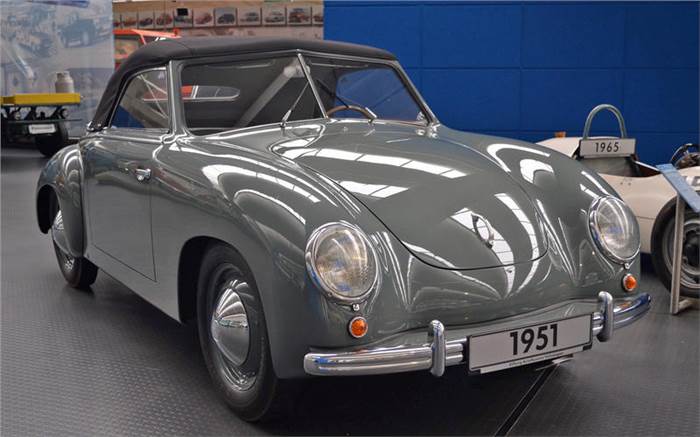
Stunningly simple, the Beetle was a coachbuilder’s dream. Karmann built the first civilian convertible Beetle in 1949 and other companies quickly took turns putting their own unique spin on it. The example pictured here wears a body made by Dannenhauer & Stauss of Stuttgart, Germany, equipped with an upgraded engine tuned by Oettinger to make 40hp.
Beetle in the 1950s

Beetle sales skyrocketed during the 1950s as Volkswagen exported it to an increasing number of countries worldwide. While the basic shape of the body stayed the same, the company made several small changes to its design like replacing the split rear window with a single oval unit in 1953 and fitting a new, more powerful engine a year later. Volkswagen manufactured the 5,00,000th Beetle in July 1953.
The 1 millionth Volkswagen (1955)
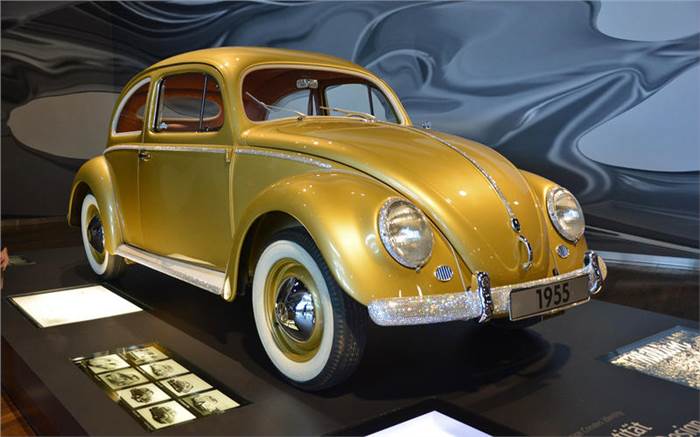
Volkswagen made its 1 millionth car in August 1955. Still owned by the firm today, the milestone Beetle received a gold paint job with diamonds embedded into front and rear bumpers, the running boards, the front headlight bezels and nearly every piece of trim. The seats wore commemorative pink upholstery.
Glory days (1960s)

The Beetle's popularity swelled during the 1960s, especially in America, thanks in part to a clever advertising campaign. Cheap, cheerful and reliable, the Beetle became America’s favourite small car. Many Americans bought a Beetle as their first car out of college or as a second car for their family.
Volkswagen exported 4,23,008 Beetles to America in 1968 alone. In comparison, Volkswagen of America sold about 3,40,000 cars in 2017. By the 1970s, the Beetle and its various derivatives (including the Bus and the Karmann Ghia) gave Wolfsburg a 5.6 percent share of the new passenger-car market in the US.
The Beetle in Antarctica (1963)
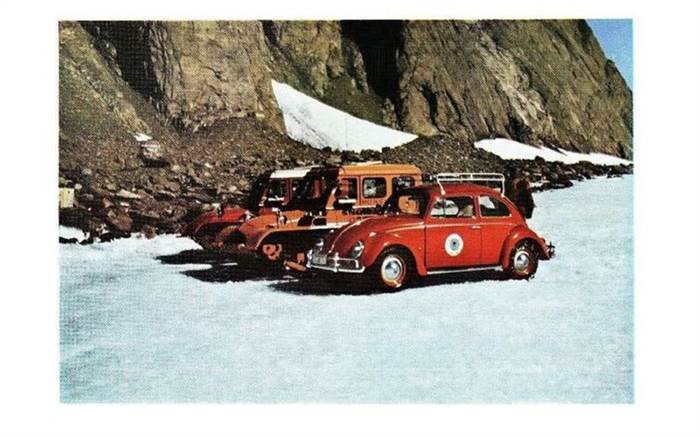
In the early 20th century, intrepid explorers (including Ernest Shackleton) occasionally brought cars on their missions to Antarctica in an optimistic attempt to cover more ground than on a sled while avoiding frostbite in relative comfort. Things didn’t work quite as planned – as was often the case in polar exploration. Some of the cars they enlisted didn’t have a roof; all of them suffered from either a frozen cooling system, or got stuck in the snow; or both.
In late-1962, the Australian National Antarctic Research Expedition (ANARE) asked Volkswagen’s Australian division for a locally-built Beetle to use during a year-long mission. The company agreed and provided the scientists with a car painted in Ruby Red. Nicknamed the ‘Red Terror,’ it performed admirably in spite of the strong winds and the tantalisingly cold temperatures it encountered daily. The modifications required to tame Antarctica in an air-cooled Volkswagen included adding a second battery to help the flat-four start, fitting tire chains and filling the crankcase with thinner oil.
The Red Terror returned to Australia in 1964, participated in (and won) the BP Round Australia Rally and then promptly disappeared. Its whereabouts remain unknown today.
The Beetle's new face (1967)
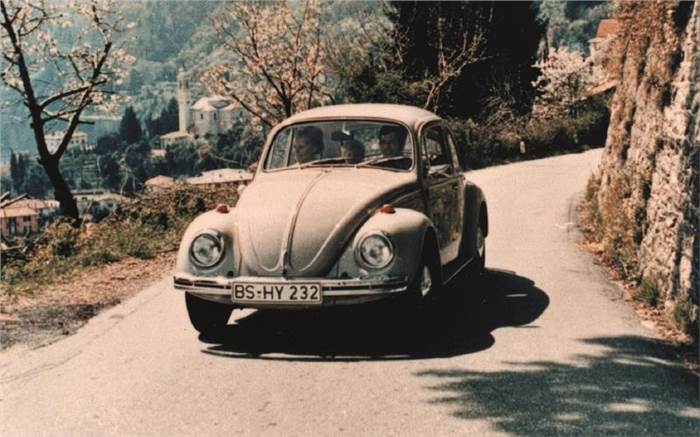
1967 brought the Beetle’s first major visual update. Volkswagen replaced the sloped headlights the car had worn since the 1930s with upright units and fitted larger rear lights with integrated reverse lights. The changes also included new bumpers on both ends, four-lug steel wheels and a redesigned dashboard. You could call it a mid-cycle update; it occurred almost exactly halfway through the Beetle's unusually long production run.
Significantly, Volkswagen also added two-speed windshield wipers, a 12V electrical system and an upgraded brake system. A semi-automatic transmission, aptly named Automatic Stick Shift (we won’t provide you with the acronym) joined the list of options a year later.
Super Beetle (1970)
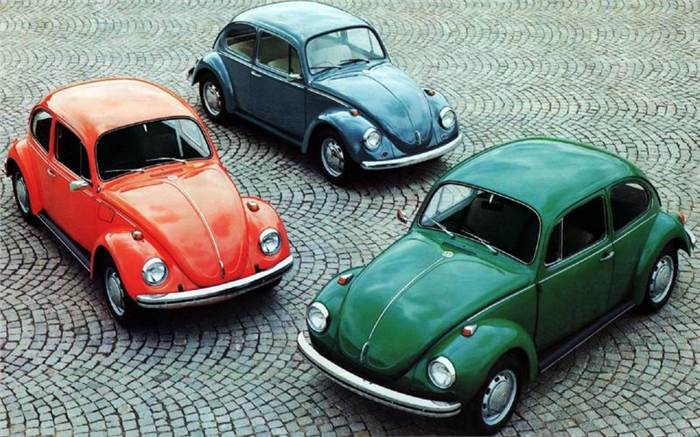
The next major change arrived in time for the 1971 model year, when Volkswagen introduced the Super Beetle (known as the 1302, in most global markets). McPherson struts replaced the torsion-beam front suspension, allowing engineers to mount the spare tire horizontally and address one of the Beetle's biggest shortcomings, by carving out a bigger trunk. All told, Volkswagen boasted that it made 89 improvements to the Beetle to make it worthy of the 'Super' prefix.
The brand displayed an unusually high level of foresight when it added a diagnostic port in the engine bay. It allowed technicians to monitor the rear lights, the condition of the charging circuit, the engine’s compression and the ignition timing.
Volkswagen surpasses Ford
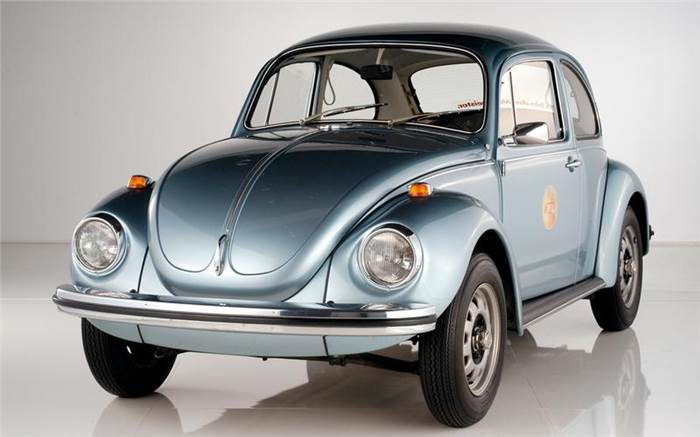
Volkswagen built the 1,50,07,034th Beetle in February 1972 – a number not as random as it might initially seem. It meant the Beetle had passed the Ford Model T to become the bestselling car in history. Volkswagen celebrated the occasion with a special model named 'Weltmeister', a word that means ‘world champion’ in German. Based on the 1302 S, it stood out with metallic-blue paint and special wheels.
The Beetle’s final evolution (1972)

The 1303 arrived in August 1972 as a 1973 model. It retained the Super Beetle designation in America. Volkswagen added a curved windshield for safety reasons; it reduced the risk of glass cutting the passengers during a front-end collision. The dashboard inevitably got bigger while the hood shrunk correspondingly.
The Beetle runs out of breath
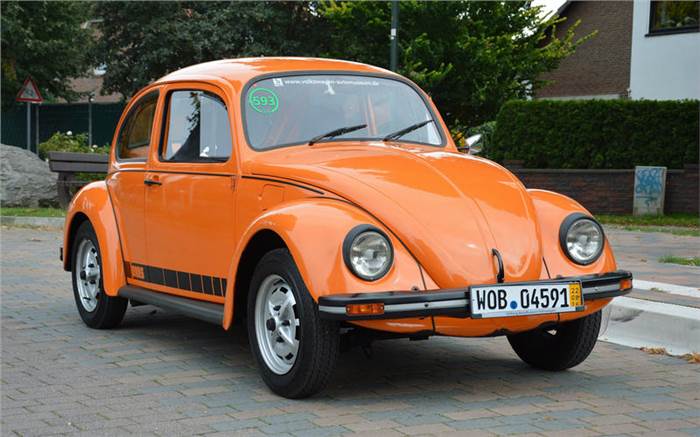
The Beetle’s strong resistance to change helped it conquer the world in the 1960s but it backfired during the 1970s. More modern competitors like Honda’s Civic and Volkswagen's own Golf used less gas, offered more space for both passengers and cargo and often cost less. Volkswagen attempted to breathe new life into the Beetle by launching an armada of limited-edition models in Europe and in America, like the Jeans pictured above.
American exeunt (1979)
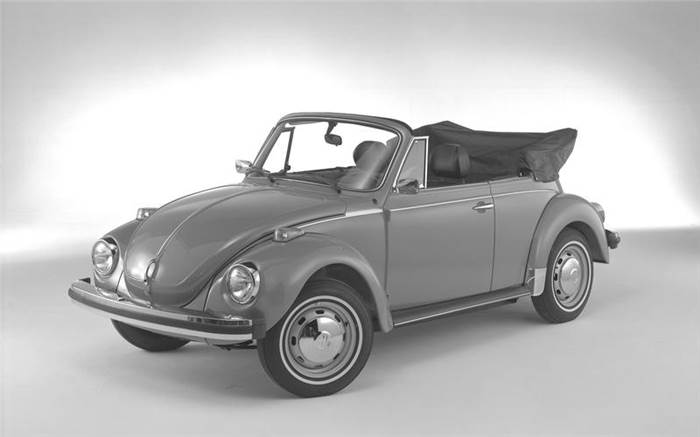
Volkswagen stopped selling the Beetle in America at the end of 1976 but the convertible soldiered on through 1979. It couldn’t last much longer, though. It became increasingly difficult (and expensive) for Volkswagen to make it compliant with safety and emissions regulations.
The Beetle lives on (1979)
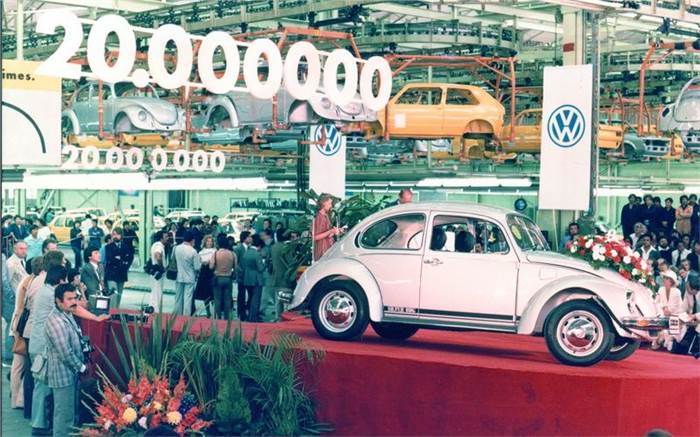
Though Wolfsburg no longer built the Beetle, it remained available as the brand’s entry-level model in several European markets until 1985. Production continued in several nations including Mexico, Brazil and South Africa. The factory in Brazil notably supplied CKD kits to Nigeria.
The Beetle remained immensely popular in Mexico, where decision-makers elected it the official cab of Mexico City in 1972. They correctly argued the Beetle was more affordable to buy than big, V8-powered American cars and appreciably cheaper to operate.
The last Beetle (2003)
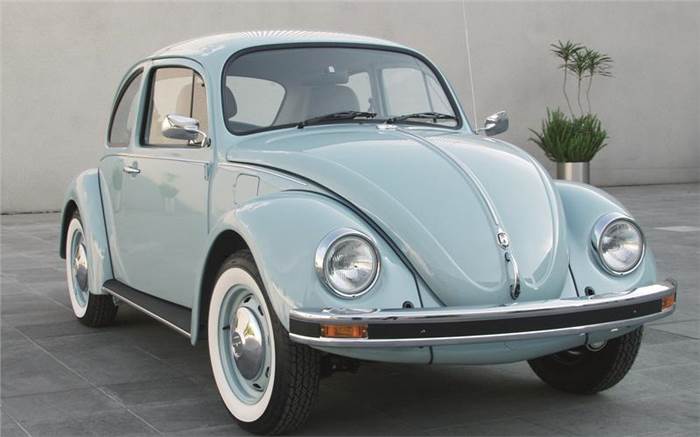
At the turn of the millennium, it became evident the Mexican market couldn’t prop-up the 62-year old Beetle on its own, for much longer. Annual sales dropped from 41,600 in 2000 to about 23,000 in 2002. The final nail in its coffin came in 2002, when officials ruled every car operating as a taxi in Mexico City needed to have four doors, for safety reasons. No one considered re-launching production of the Rometsch from the 1950s; taxi drivers were simply steered towards the Nissan Tsuru.
Volkswagen sent off the Beetle with a limited-run Ultima Edicion available in blue or beige. Every Ultima Edicion came with retro-inspired add-ons like chromed trim, whitewall tires and an old-style Wolfsburg emblem on the bottom of the hood. The last Beetle rolled off the assembly line at Puebla, Mexico, on 30 July 2003 and travelled straight to the Volkswagen museum in Wolfsburg, marking the end of a 65-year old production run of 2,15,29,464 cars.
The Beetle today
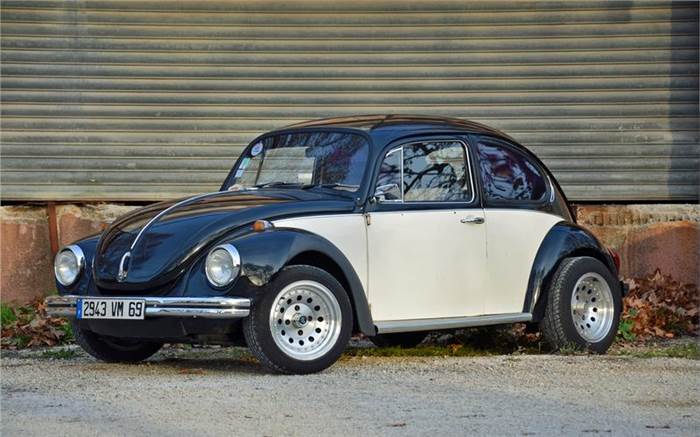
No longer considered a disposable used car, the Beetle has clawed back to become a sought-after classic car. It’s more than just a machine to travel from A to B; it’s an emblem transcending generations with its friendly face and humble demeanour. In many countries, a well-kept Beetle costs more today than when it was new; a monstrously ironic feat, considering its roots as an affordable people’s car.
Also see
Click here for all Volkswagen models, prices, reviews, images, videos and more.

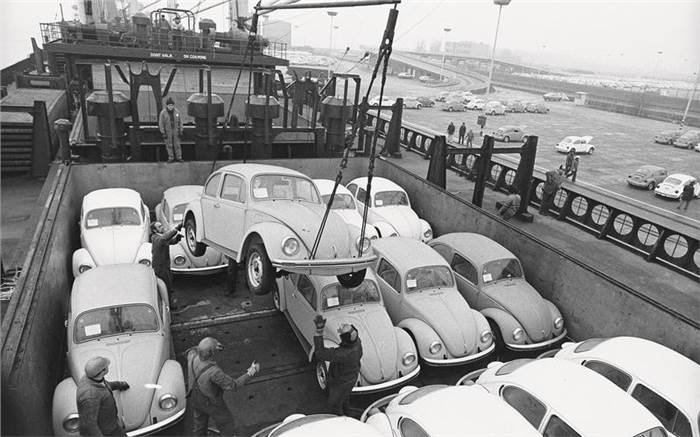










Comments
Member Login
Personal Details
No comments yet. Be the first to comment.